Here all our advent calendar entries from 2024.
Category: 2024
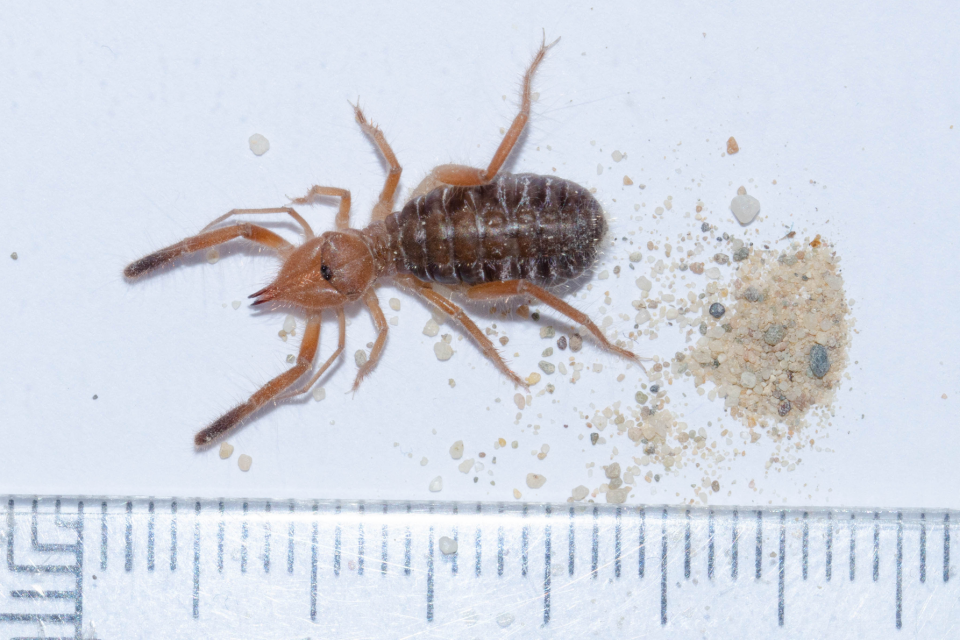
Door 15: CEG involvement in the European BGE genome sequencing project
CEG research group members Torsten Struck and myself are coordinating the task of Community Sampling, within WP5 of the the EU-funded BioGenomics Europe project. We have now completed our task, well before the deadline of February 2025 set by BGE. Our task began with annoucing two public calls, […]
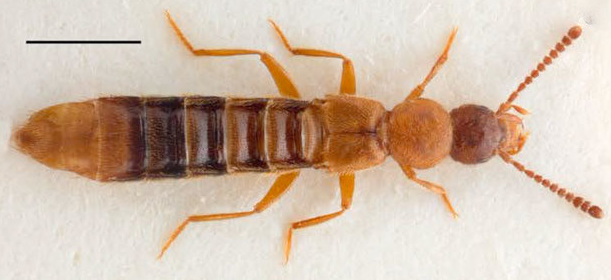
Door 14: A miracle of long distance dispersal? A wingless beetle species occurring on distant subantarctic islands
One of the most remarkable beetle species occurring in the Falkland Islands is Leptusa (Halmaeusa) atriceps (Waterhouse, 1875), presented on the photo above (photo by Orlov et al 2019). It is a small, 4 to 5 mm long, wingless beetle associated mostly with decomposing seaweed on the beach. […]
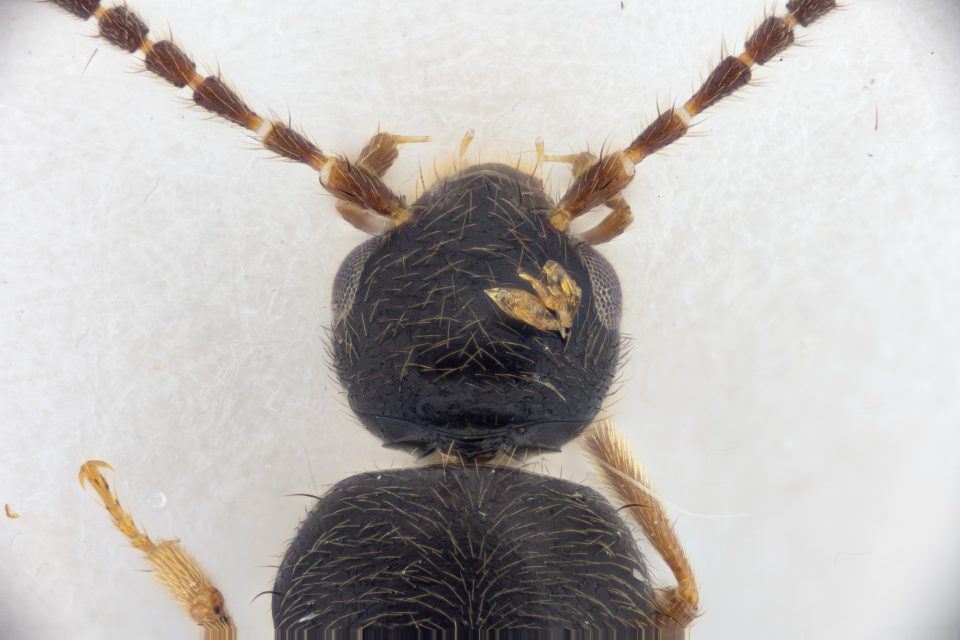
Door 13: Discovering hidden microscopic diversity in Norway
Whenever you hear the word fungi, chances are high that you are thinking of the colourful variation of mushroom fruiting bodies popping up in high abundance during the fall. Or maybe you’re thinking of the vast webs of underground mycelia that most fungi produce. For some, the frightening […]

Dør 13: Oppdag det skjulte mikroskopiske mangfoldet i Norge
Når du hører ordet sopp, er sjansen stor for at du tenker på den fargerike variasjonen av soppfruktlegemer som popper opp i store mengder om høsten. Eller kanskje du tenker på de enorme nettene av underjordiske mycel som de fleste sopper produserer. For noen er kanskje den skremmende […]
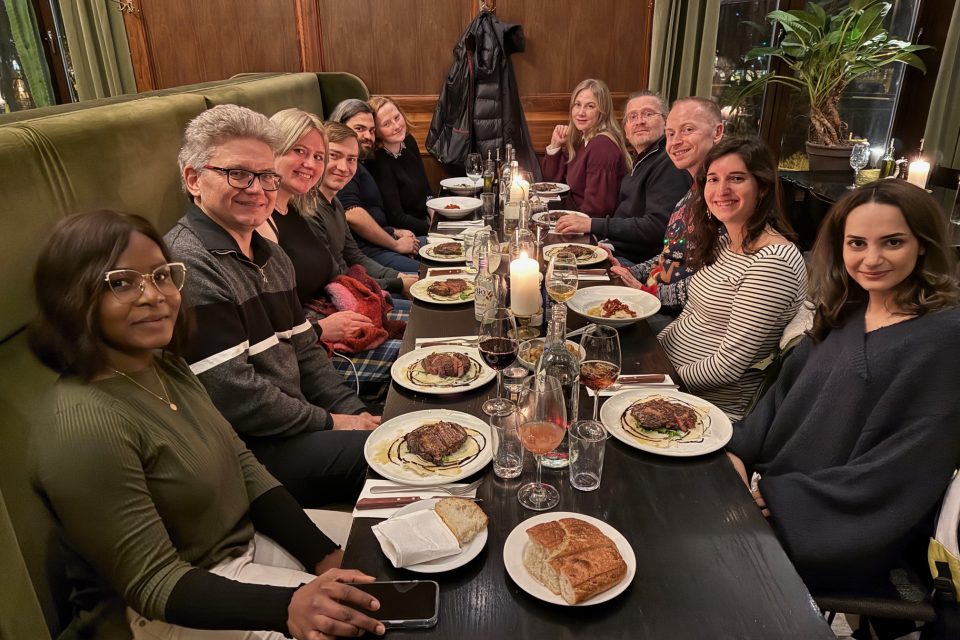
Door 12: The Gift of Collaboration
It’s the holiday season, and as we know it’s a season of giving and exchange. One way I want to acknowledge a “gift” I received this year is to talk about the importance of collaboration and free exchange of knowledge and information. I’m currently working on my Master’s […]

Door 11: Finding new species to Norway – how easy can it be?
For most people, discovering new species seems like an extraordinary event, something that happens only once in a lifetime or at least something very rare. However, for some groups of organisms, particularly understudied ones, it’s actually very easy to come across a new species to science and perhaps […]
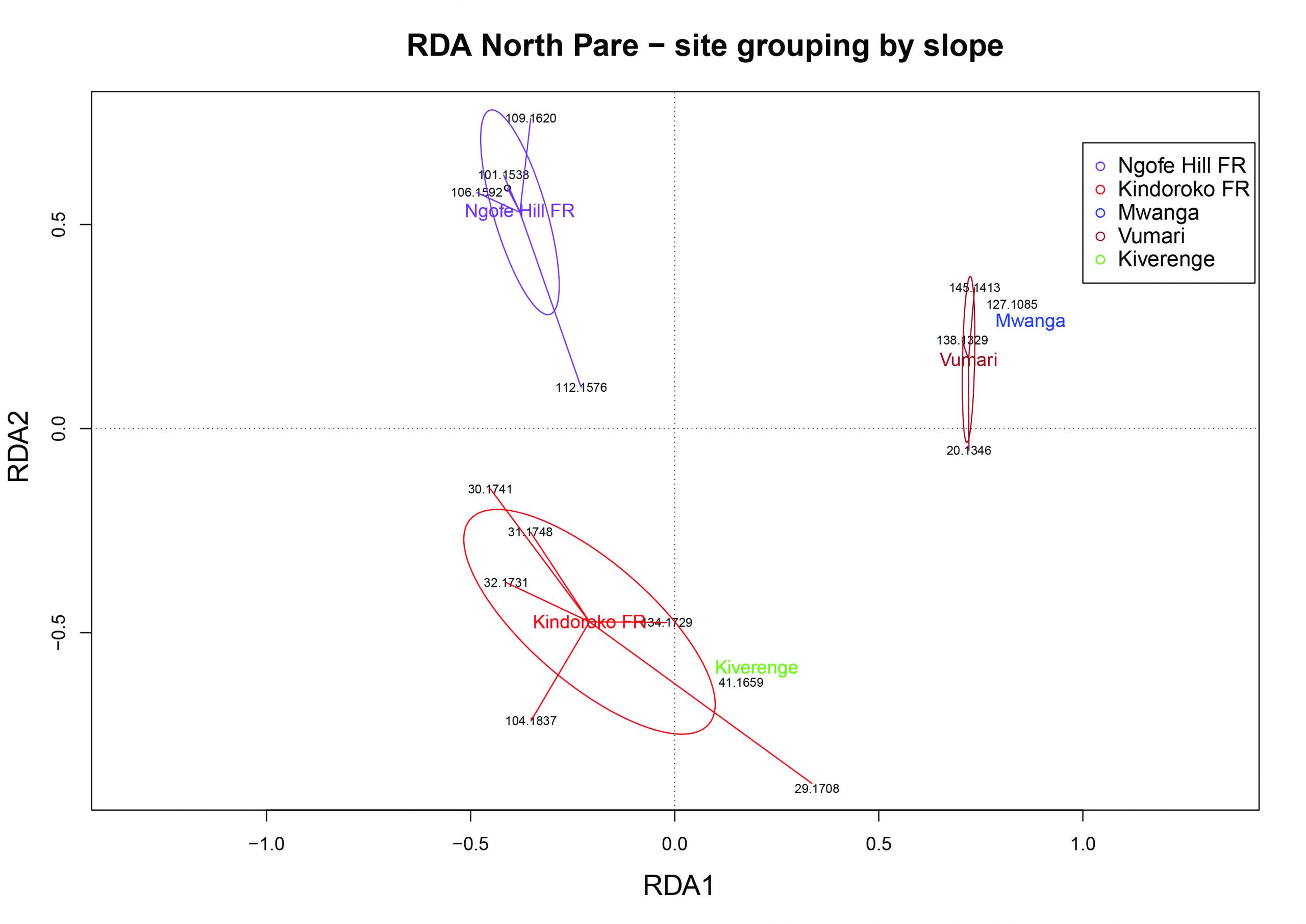
Door 10: Habitat fragmentation shaping the beetle communities of African mountains
Human-mediated alteration and conversion of forest ecosystems cause massive changes in the species compositions of communities in affected areas. The large scale monetary incentives of deforestation, especially in threatened tropical rainforests, plays a massive role in the rapid loss of habitats and nature seen worldwide. Even in the […]

Dør 10: Fragmentering av habitater former billesamfunnene i afrikanske fjell
Menneskeskapte endringer og omdanning av skogøkosystemer fører til massive endringer i artssammensetningen i de berørte områdene. De storstilte økonomiske insentivene til avskoging, særlig i truet tropisk regnskog, spiller en viktig rolle i det raske tapet av habitater og natur som vi ser verden over. Selv i det langt […]
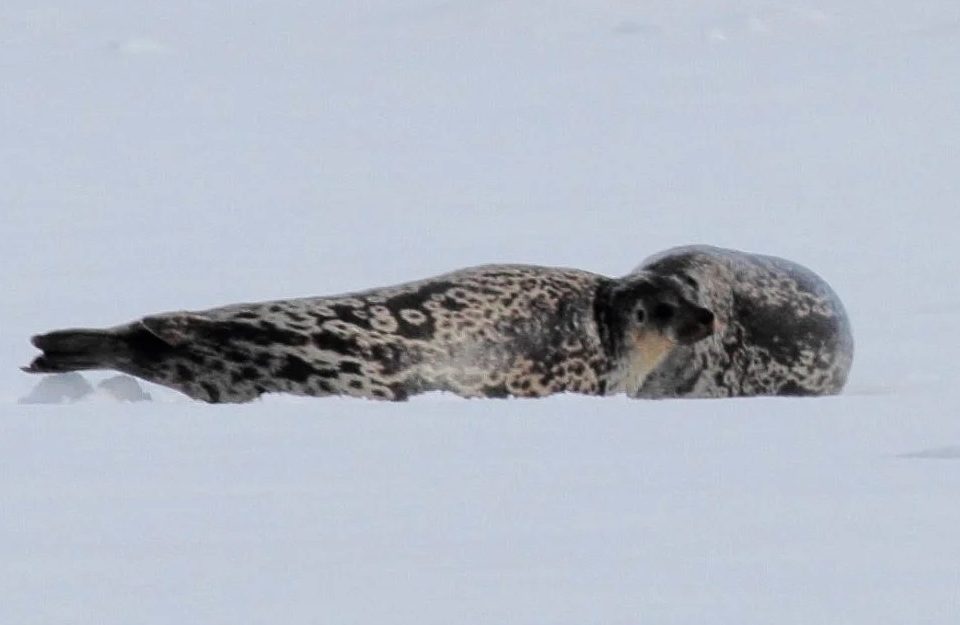
Door 9: Divergence by isolation in Marine Mammals – the case of Kangia ringed seals
Cover: Picture by Greenland Institute of Natural Resources When I need to take a break from work, I often stroll around the Oslo Natural History Museum. Zoological collections have always fascinated me since I was a child, and now that I work for one of them I`m able […]
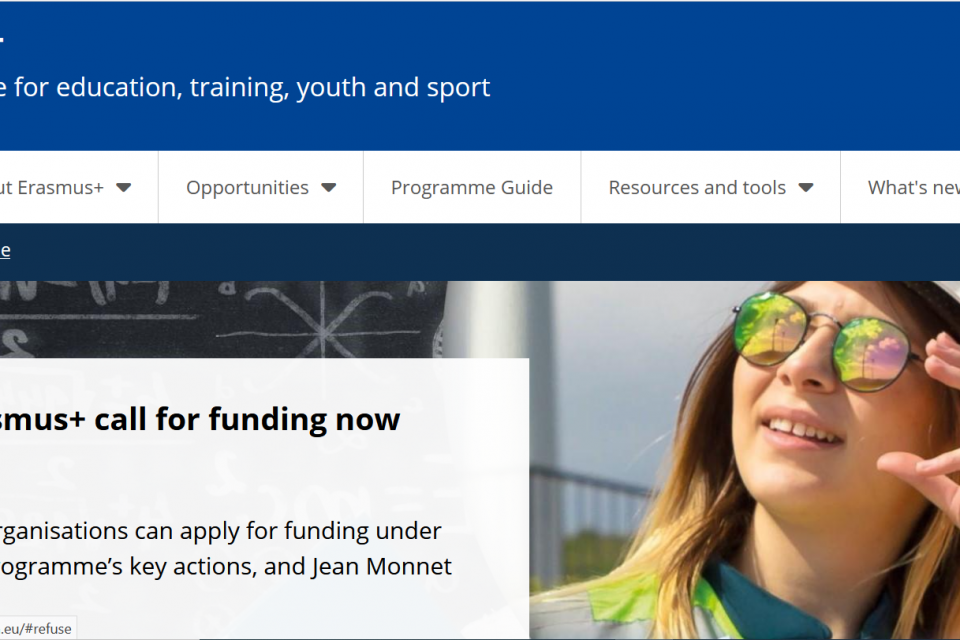
Door 8: Erasmus – exchange of knowledge across Europe
CEG has a long standing tradition of hosting Erasmus students for an internship. This year we also had two students visiting us from Sardinia during the summer. “Erasmus+ is the EU’s program to support education, training, youth and sport in Europe.” It is a program that facilities knowledge […]